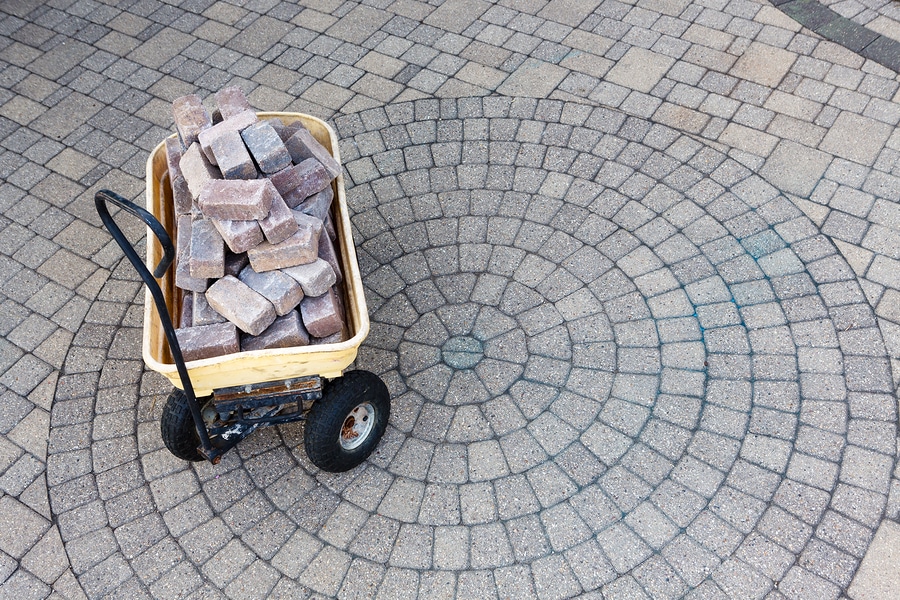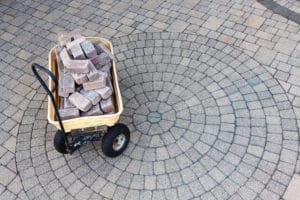How to Choose Pavers for Your Patio

 You have it all planned out—an expansive backyard paver patio to complement the cedar and wrought iron deck. The patio’s shape is yet to be determined but it will be the talk of your Rock Valley, Iowa neighborhood and you’re eager to get started.
You have it all planned out—an expansive backyard paver patio to complement the cedar and wrought iron deck. The patio’s shape is yet to be determined but it will be the talk of your Rock Valley, Iowa neighborhood and you’re eager to get started.
And the first step is the most enjoyable for many homeowners: choosing the pavers. Pavers today come in a wide range of material, color, size, and installation processes; you just need to determine what fits best for your landscape design, existing substrate, climate, and individual needs. Here is a look at some common paver types and their pros and cons.
Brick Pavers
A favorite choice for older homes or to match brick construction on the house or adjoining outdoor kitchen, brick pavers let you channel your inner creativity to create most any reality. All sorts of different patterns are possible, such as checkerboard, grids, edging along gardens, and flowing arch designs. They are easy to install and using weathered or re-purposed bricks offer an instant historical vibe.
Best of all, bricks come cheap (or even free) with a little resourceful searching.
Flagstone or Stone Pavers
Be aware from the outset that flagstone isn’t cheap but it is also exceedingly elegant and will instantly transform your Sioux Center, Iowa property to a home magazine cover shot. You have the option of handpicking the stones or having them custom cut. Flagstone typically appears in the form of marble, limestone, slate, and sandstone, among others.
Not only does flagstone come in a variety of shapes and colors; it’s super tough, holds up to our harsh climate, and will last for generations. Keep in mind, however, that it takes a bit more finesse and patience to install but it’s oddly addicting fitting all those stones together like a giant puzzle.
Rubber Pavers
The new kid on the paver block is eco-friendly rubber. This popular choice is made of recycled material and its slip-resistant surface is a hit for parents of rambunctious children. Rubber pavers are a great option for homes with an existing concrete pad, as the pavers can be installed right on top. A rubber paver patio (say that fast five times) is easy to clean with a quick sweep or garden hose wash and come in flattop style or faux brick. They’re a bit higher in cost but will last forever.
Other Considerations
Put a plan together before setting the first stone. Research reputable suppliers and prices (product separately and with installation).
Climate is a big factor; don’t opt for bricks (they are porous) if you live somewhere with extreme heat or rain. Stone and concrete are stalwart choices for moody weather locations like we have here in Rocky Valley and Sioux Center, Iowa.
Consider the underlying surface. An existing concrete pad makes life easy when installing bricks or rubber pavers, while a blank slate is best for laying a gravel base for flagstone.
Don’t forget the surrounding areas and materials. Selecting wood as edging can be a great match for your patio furniture, and you might use a brick perimeter to complement a nearby pathway.
Contact the pros at Outdoor Elements for more tips and insight into your patio project. Call today at (712) 476-5299.